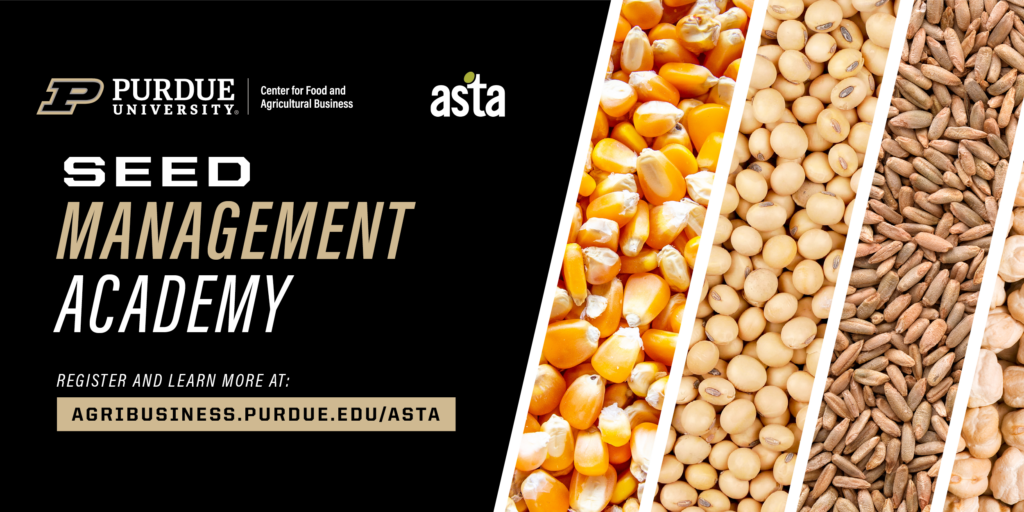 After calling in my Olive Garden to-go order and parking in a designated spot right in front of the restaurant, I walked through a lobby full of dine-in customers waiting to be seated. Near the kitchen, I paid my bill and collected my food. Within minutes, I was headed back to my car.
After calling in my Olive Garden to-go order and parking in a designated spot right in front of the restaurant, I walked through a lobby full of dine-in customers waiting to be seated. Near the kitchen, I paid my bill and collected my food. Within minutes, I was headed back to my car.
As I navigated the full lobby a second time, I overheard the wait for a dine-in table: 45 to 50 minutes. I couldn’t believe what I had just heard. I had only called in my order 20 minutes earlier. How could I get my food in 20 minutes while others had to wait nearly an hour to get a table? The to-go arrangement was extremely convenient for me, but as an economist, I felt the need to ponder the situation more broadly and share my insights with you.
Before I even got out of the parking lot, I realized that numerous regional and national restaurant franchises have similar to-go programs; Bob Evans, Chili’s and Applebee’s, to name a few. When I try to understand a business model, I usually revert to the DuPont Model and think about earns and turns.
Earns and turns answers the question “How much do I make, and how quickly do I make it?” It is equal to earnings ratio multiplied by asset turnover ratio. “Earns” is short for the average earnings ratio, or how much money is made, on average, per dollar of revenue. “Turns” is short for asset turnover ratio (or the amount of assets used to produce a dollar of revenue). Together, these measures help you define a firm’s return on assets (ROA).
 First, earns. Do these restaurants make more earnings (or profit) per dollar of to-go revenue? The prices for to-go and dine-in are the same, the portions are about the same (although I would contend that they appear to be larger for to-go orders, but maybe plate size has something to do with that), the cooks still cooked the food and they swapped cleaning dishes for sending me off with to-go containers. Maybe they even saved some money because they didn’t need servers or busboys. I’d contend that the to-go earns are about even with dine-in earns.
First, earns. Do these restaurants make more earnings (or profit) per dollar of to-go revenue? The prices for to-go and dine-in are the same, the portions are about the same (although I would contend that they appear to be larger for to-go orders, but maybe plate size has something to do with that), the cooks still cooked the food and they swapped cleaning dishes for sending me off with to-go containers. Maybe they even saved some money because they didn’t need servers or busboys. I’d contend that the to-go earns are about even with dine-in earns.
Second, turns. The worst case scenario with a to-go program like this is that it converts all the restaurant’s dine-in customers into to-go customers. This would keep their revenue and assets about the same, with no improvements to turns.
The beauty of an effective to-go program is that it allows restaurants to increase their sales without increasing their asset commitment. I think that this is the economic driver of these programs. I showed up at Olive Garden and found a lobby full of dine-in customers waiting for tables, but my food was ready to be picked up. This leads me to believe that the restaurant’s dining room capacity, not its kitchen, is the limiting factor for how many customers they can serve.
To-go programs provide a great opportunity for restaurants that are limited by dining-room capacity to increase sales without additional assets (such as expanding dine-in capacity). A higher asset turnover ratio, with everything else held constant, increases owners’ return on assets and equity. This is a genius strategy for these restaurants: they make more money and serve more customers without having to expand their seating capacity.
Applying it to your business
Now, what does this mean for you? Think about how you can increase your sales while keeping the current level of assets (or, conversely, hold sales constant while using fewer assets). Farmers could run their equipment more hours per day instead of upgrading to a larger, more expensive planter.
Cooperatives and ag retailers could run their sprayer rigs more hours per day, too. Grain elevators could contract with farmers that have grain storage in order to market more grain without building bins. Seed retailers could deliver their products to farmers earlier in the year so that they don’t need to build more storage for their inventory. Custom harvesters, traveling north across the Great Plains through the summer’s harvest, utilize a high asset turnover.
Overall, the to-go trend is more than just a marketing ploy: it’s also very business-savvy. Any time a company can improve its asset turnover ratio (while holding its earnings ratio constant) results in better financial performance.
Spend a few minutes thinking about how you and your business might benefit from an improved asset turnover ratio. At the very least, you can now tell your friends and family a little business story when you see those to-go parking spots and commercials.
:



